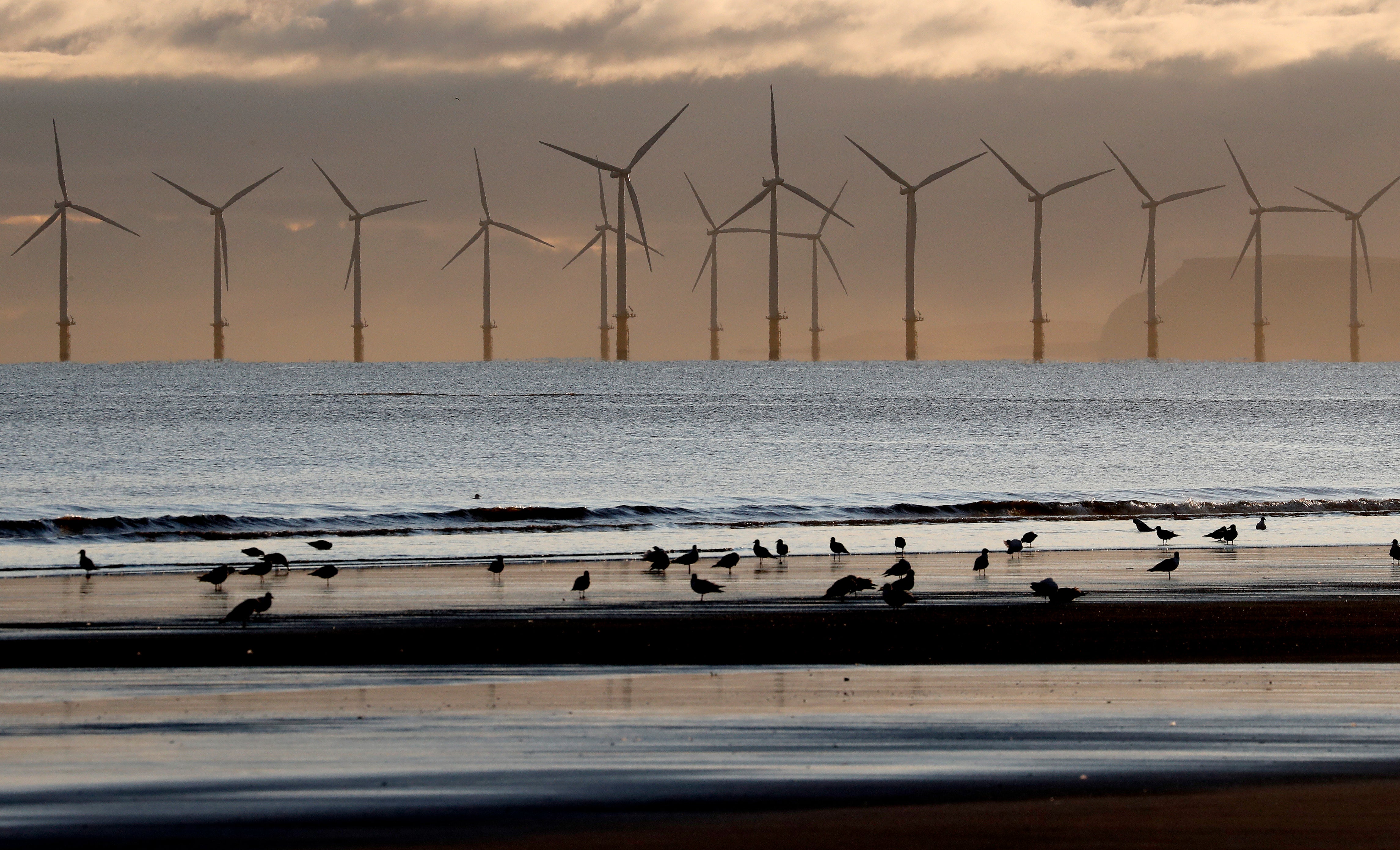ARTICLE AD BOX
The Crown Estate has approved plans to increase the capacity of existing wind farm projects on already leased seabed, which will be enough to power four million homes.
This initiative, known as the Capacity Increase Programme, will see seven projects add a combined 4.7 gigawatts (GW) of clean energy to the national grid. Among these projects are RWE's Rampion 2 and the Dogger Bank D project, a joint venture between SSE and Equinor.
The move comes as Britain strives to decarbonise its electricity sector by 2030. Expanding offshore wind capacity is a key element of this strategy, offering a domestic energy source that's less susceptible to volatile global fossil fuel markets.
The UK has set an ambitious target of generating up to 50 GW of electricity from offshore wind by 2030, a substantial increase from the current 15 GW. The Crown Estate's programme is designed to accelerate progress towards this goal.
The selected projects offer a streamlined path to increased capacity, as they already have grid connections and supporting infrastructure in place.
All seven projects have grid connections and infrastructure that will enable swift deployment, and are within pre-established offshore wind sites, The Crown Estate said in a statement.

Gus Jaspert, managing director of marine at The Crown Estate, said: “Our purpose is to create lasting and shared prosperity for the nation.
“Offshore wind enables us to do that as a driver of economic growth through jobs creation and supply chain development. Delivering the Capacity Increase Programme is an effective way to provide up to four million homes with secure, clean energy and further decrease the UK’s reliance on fossil fuels, often sourced internationally.
“Balancing the needs of energy and nature is an important responsibility we carefully consider, and we’re confident in the environmental compensation measures which will accompany the delivery of the programme. As we look to the future, our leading and collaborative Marine Delivery Routemap will be well-placed to support prioritisation decisions and avoid nature impacts as much as possible.”
Britain is already the world's second-largest offshore wind market by capacity, after China, but spiralling costs amid high inflation and supply chain bottlenecks have hit the sector. Orsted, the world's leading offshore wind developer, announced this week it is halting work on its Hornsea 4 project.


.jpg?trim=0,0,0,0&width=1200&height=800&crop=1200:800)






 English (US) ·
English (US) ·